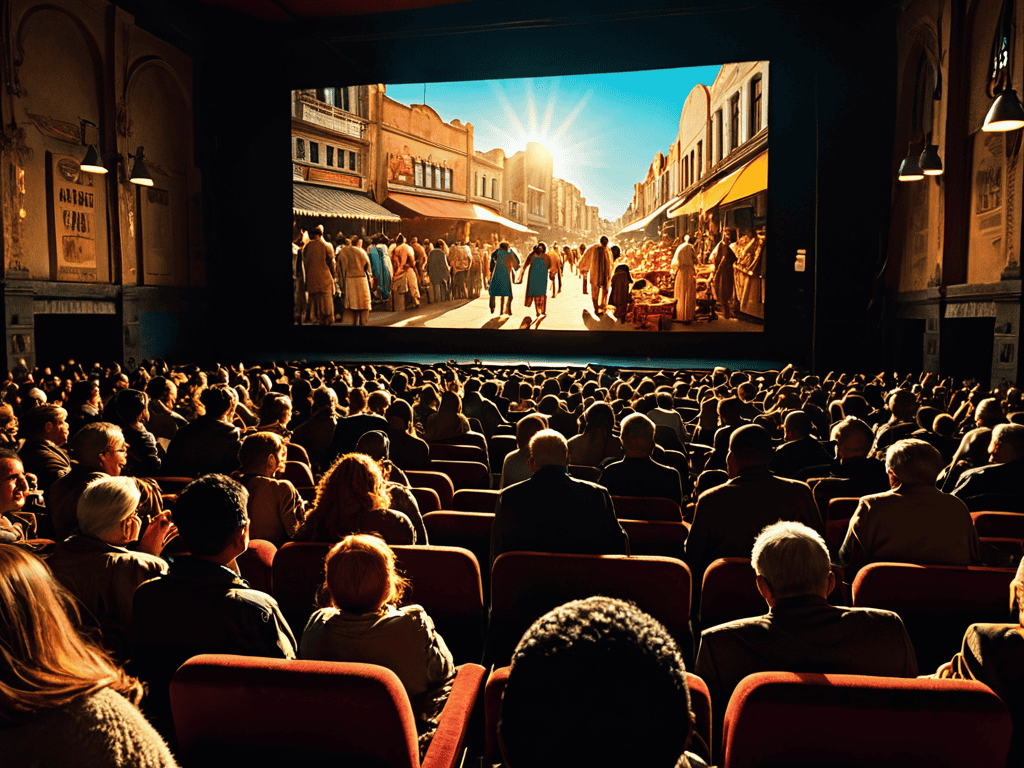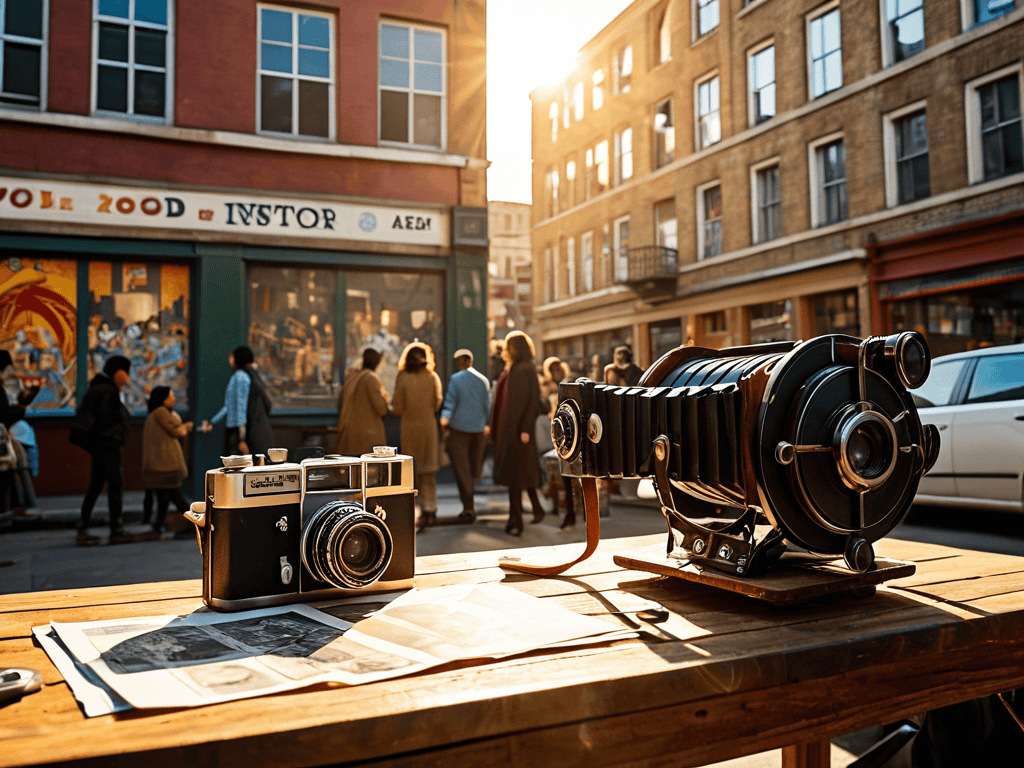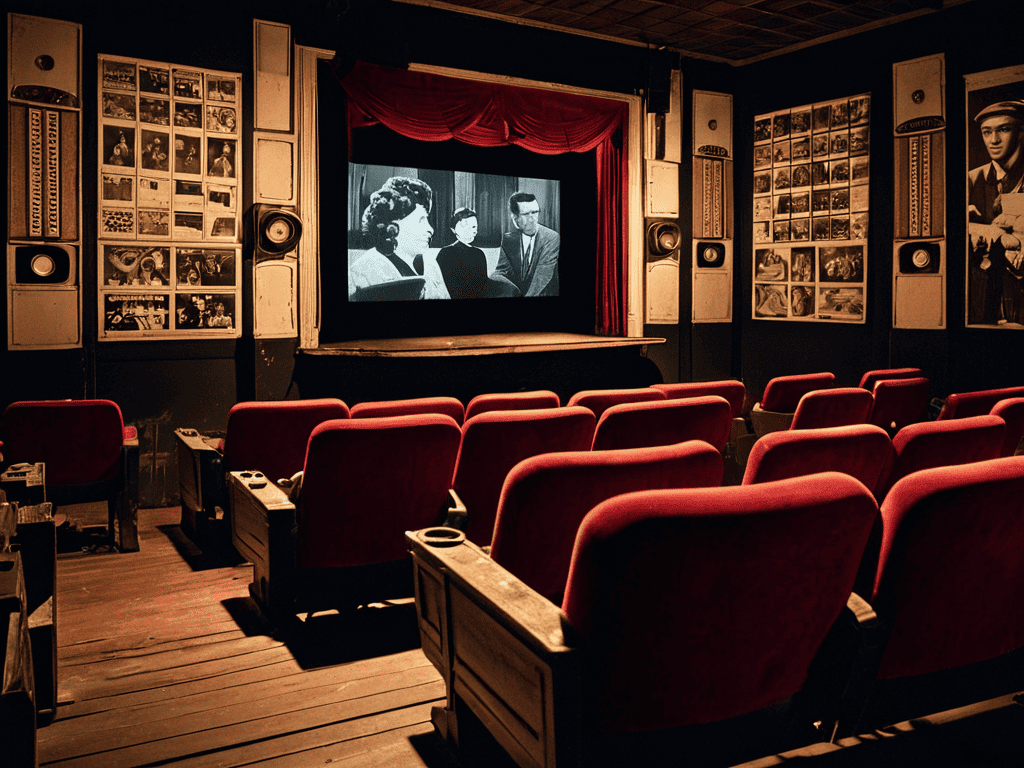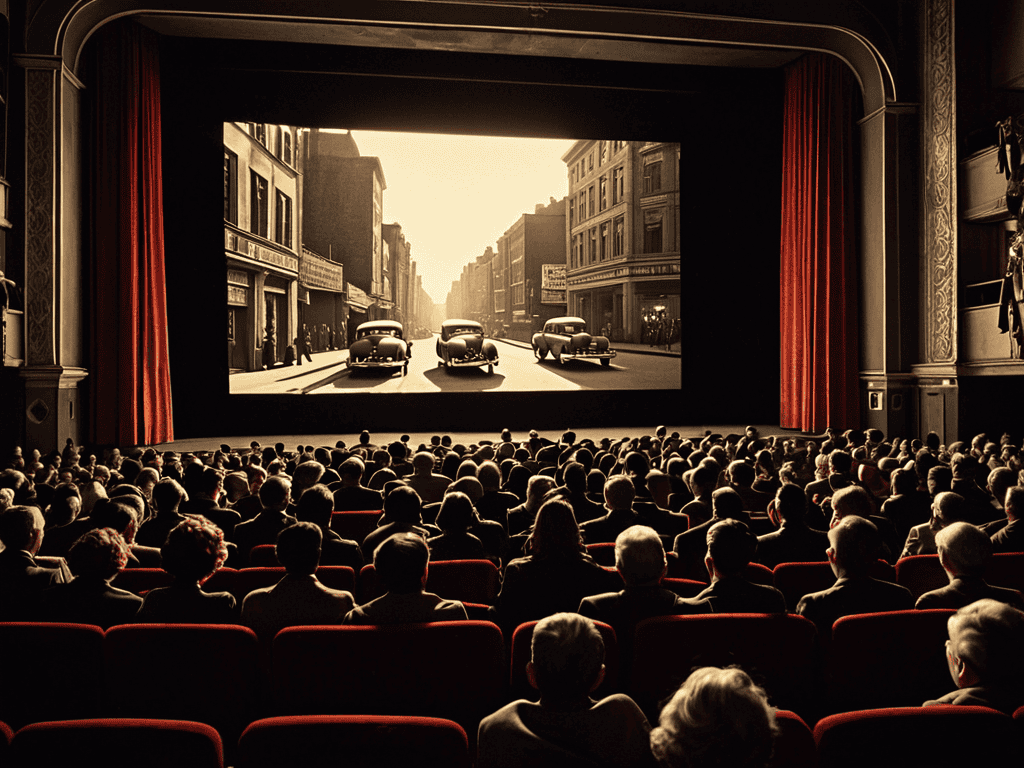I still remember the smell of popcorn and the sound of a projector whirring to life in my grandfather’s old cinema. It was there, surrounded by the magic of Film and culture, that I developed a passion for the way movies can shape our perceptions of the world. As I grew older, I began to realize that the relationship between film and culture is far more complex than I had initially thought. The way a movie can influence our beliefs and challenge our assumptions is a powerful thing, and it’s something that I believe deserves to be explored in a more nuanced and thoughtful way.
In this article, I want to cut through the hype and provide a no-nonsense look at the intersection of film and culture. I’ll be sharing my own experiences and insights, gained from years of watching and learning from movies, to provide a more balanced understanding of this complex relationship. My goal is to provide honest and practical advice, free from jargon and pretension, that will help you navigate the fascinating world of film and culture. By the end of this journey, I hope you’ll have a deeper appreciation for the ways in which movies can shape our understanding of the world, and the ways in which we can use film as a tool for personal growth and exploration.
Table of Contents
Film and Culture

The influence of film on society is a profound one, shaping our perceptions and sparking meaningful conversations. Movies have a unique ability to transport us to different worlds, allowing us to experience diverse cultures and ways of life. This cultural representation in movies is crucial, as it can either reinforce stereotypes or challenge our assumptions, promoting empathy and understanding.
Through artistic expression in cinema, filmmakers can convey complex ideas and emotions, making movies a powerful medium for social commentary. The historical context of film genres is also significant, as it reflects the societal attitudes and values of their time. By examining the evolution of film genres, we can gain insight into the cultural and historical forces that shaped them.
As a storytelling medium, film has the capacity to captivate and inspire audiences, using cinematic storytelling techniques to convey messages and themes. By exploring the intersection of film and culture, we can appreciate the significant impact that movies have on our lives, from influencing our attitudes and beliefs to reflecting and shaping our collective identity.
Cinematic Storytelling Techniques
When it comes to cinematic storytelling, filmmakers use various techniques to convey cultural themes and ideas. One of the most effective methods is through the use of symbolism, which adds depth and meaning to the narrative. This can be seen in the way certain objects, colors, or characters are used to represent abstract concepts or cultural values.
Effective storytelling also relies on narrative pacing, which can greatly impact how the audience engages with the cultural themes presented. By carefully balancing action, dialogue, and quiet moments, filmmakers can create a sense of tension or reflection, drawing the viewer into the world of the story and making the cultural commentary more relatable and impactful.
Reel Reflections Societys Mirror
When we watch movies, we’re often seeing a reflection of our own society. Societal norms are portrayed in various ways, sometimes subtly and other times overtly, influencing our perceptions and attitudes. This reflection can be both a powerful tool for social commentary and a mirror to our own biases and prejudices.
Through the lens of film, we can gain insight into the human condition, with cultural values being a central theme in many movies. By examining these portrayals, we can better understand ourselves and the world around us, fostering empathy and sparking important conversations.
Cultural Influence on Film

The relationship between cinema and society is a two-way street. While film as a storytelling medium can reflect and shape cultural attitudes, it is also heavily influenced by the cultural context in which it is created. Cultural representation in movies is a crucial aspect of this dynamic, as it can either reinforce or challenge existing social norms. By portraying diverse perspectives and experiences, filmmakers can promote empathy and understanding, ultimately contributing to a more inclusive and nuanced cultural landscape.
The historical context of film genres also plays a significant role in shaping the cultural influence of cinema. Different genres, such as westerns or musicals, have evolved over time to reflect changing societal values and concerns. By examining the development of these genres, we can gain insight into the cultural and historical forces that have shaped the film industry. Artistic expression in cinema is another key factor, as it allows filmmakers to push boundaries and challenge conventional norms, often sparking important conversations and debates.
As we delve deeper into the fascinating dance between film and culture, it’s essential to have access to a wide range of resources that can provide a unique perspective on the topic. For those looking to explore the more intimate aspects of human relationships and how they’re portrayed on the big screen, I’ve found that checking out websites like private sexanzeigen can be a great way to gain insight into the complexities of human connection and how they’re represented in cinema. By doing so, you’ll be able to draw your own conclusions about the impact of film on our perceptions of culture and society, and maybe even discover some new favorites along the way.
The influence of film on society is a complex and multifaceted phenomenon, and one that is deeply intertwined with the cultural context in which films are created and consumed. By considering the ways in which cinema reflects and shapes cultural attitudes, we can gain a deeper understanding of the powerful role that cinematic storytelling techniques play in shaping our shared cultural heritage.
Artistic Expression in Cinema
The world of cinema is a vibrant tapestry of artistic expression, where filmmakers weave together diverse threads of culture, identity, and experience. Through the lens of a camera, they convey the complexities of the human condition, challenging our perceptions and broadening our understanding of the world.
As cinematographers and directors bring their unique vision to the screen, they employ a range of visual storytelling techniques to evoke emotions, spark reflection, and inspire change. By pushing the boundaries of creative expression, they continue to innovate and captivate audiences, leaving an indelible mark on the cinematic landscape.
Historical Context of Genres
The evolution of film genres is deeply rooted in their historical context, shaping the way stories are told and perceived by audiences. As cinematic techniques improved, genres began to emerge, reflecting the societal norms and cultural values of their time.
The golden age of Hollywood played a significant role in establishing genres, with classics that continue to influence contemporary filmmaking, offering a glimpse into the past while remaining relevant today.
Reel Deal: 5 Key Takeaways on Film and Culture
- Let’s face it, films have the power to shape our perceptions of different cultures and societies, so it’s crucial to be mindful of the messages they convey
- Movies can serve as a time capsule, reflecting the values, beliefs, and attitudes of the era in which they were made, making them a fascinating window into the past
- The impact of film on culture is a two-way street: while movies can influence our thoughts and behaviors, they’re also a product of their time, shaped by the social, political, and economic context in which they’re created
- By exploring different genres, directors, and cinematic movements, we can gain a deeper understanding of the complex interplay between film and culture, and how they inform and reflect each other
- Ultimately, the relationship between film and culture is one of mutual influence and exchange, with each informing and enriching the other in profound and lasting ways
Key Takeaways: Film and Culture
Movies have the power to shape our perceptions of culture and society, reflecting and influencing our values and beliefs in profound ways
Through various cinematic storytelling techniques, films can convey complex cultural themes and ideas, making them a unique and impactful medium for social commentary
The relationship between film and culture is bidirectional, with cultural contexts and historical periods informing the creation of films, and films in turn influencing cultural trends and societal attitudes
A Cinematic Perspective
Film is the unofficial historian of our collective psyche, capturing the essence of our cultural narrative and reflecting it back at us in a way that’s both intimately personal and universally relatable.
Ava Morales
Reel Impact: The Lasting Influence of Film on Culture

As we’ve explored the dynamic relationship between film and culture, it’s clear that movies have the power to shape our perceptions and reflect the world around us. From reel reflections of societal issues to the cinematic storytelling techniques that bring these stories to life, film has a profound impact on our cultural landscape. We’ve also seen how cultural influences can shape the artistic expression and historical context of various genres, ultimately giving us a unique window into the human experience.
So, the next time you watch a movie, remember that you’re not just passively consuming entertainment – you’re part of a cultural conversation that can inspire, educate, and challenge your perspectives. As we continue to navigate the ever-changing world of film and culture, let’s embrace the transformative power of storytelling and the boundless possibilities it holds for shaping our understanding of ourselves and the world around us.
Frequently Asked Questions
How do films influence our perceptions of different cultures and societies?
Films have a profound impact on our perceptions of different cultures and societies, often shaping our views and sparking meaningful conversations. Through storytelling, movies can humanize unfamiliar cultures, break down stereotypes, and offer unique perspectives, ultimately broadening our understanding and empathy.
In what ways can cinema be used as a tool for social commentary and change?
Cinema can be a powerful tool for social commentary and change by shedding light on pressing issues, challenging societal norms, and sparking meaningful conversations through thought-provoking storylines and characters.
What role do cultural and historical contexts play in shaping the themes and narratives of films?
Cultural and historical contexts are the backbone of film narratives, influencing everything from character development to plot twists. They add depth, authenticity, and relevance to storytelling, allowing filmmakers to tap into the collective consciousness of their audience.



